Ultimate Guide to Choosing the Right Led Flood Lights for Your Needs
In recent years, LED flood lights have emerged as a top choice for outdoor and indoor lighting solutions, thanks to their energy efficiency and versatility. According to the U.S. Department of Energy, LED lighting can reduce energy consumption by up to 75% compared to traditional incandescent bulbs, making them an environmentally friendly option that also cuts down on electricity bills. Additionally, the global LED flood light market is projected to reach $8 billion by 2025, highlighting the increasing demand for these innovative lighting solutions. As consumers become more conscious of energy costs and environmental impacts, understanding how to choose the right LED flood lights requires a comprehensive approach. This guide will walk you through crucial considerations and provide insights to help you make informed decisions that align with your specific needs and preferences.

Understanding LED Flood Light Alternatives: Key Options for Diverse Applications
When selecting LED flood lights, it's essential to explore the alternatives available to ensure you choose the best fit for your specific application. Traditional halogen flood lights, while offering warm illumination, are energy-inefficient and have a shorter lifespan compared to LED options. In contrast, LED flood lights stand out for their longevity, energy savings, and versatility, making them suitable for a wide range of environments, from residential gardens to commercial spaces.
Another option to consider is solar-powered flood lights, which are increasingly popular for outdoor security and decorative lighting. These lights harness energy from the sun, reducing electricity costs and providing a green alternative. However, it's crucial to assess the available sunlight in your area and choose a model with adequate battery storage for optimal performance. Additionally, fixtures with smart technology allow for further customization, including motion sensors and remote control features, enhancing security and convenience in various applications.
Comparative Analysis of LED Flood Lights vs. Traditional Halogen and Metal Halide
When choosing between LED flood lights and traditional lighting options like halogen and metal halide, it’s essential to understand their distinct properties and operational costs. LED flood lights are known for their energy efficiency, longer lifespan, and lower heat output compared to halogen and metal halide lamps. In fact, LED lights can consume up to 75% less energy and have a lifespan exceeding 25,000 hours, significantly reducing both energy bills and replacement costs over time.

Metal halide lights, while offering high-intensity output, suffer from longer warm-up times and shorter lifespans, often requiring more frequent maintenance. Similarly, halogen lights, though they provide excellent color rendering, are less efficient and generate more heat, posing potential fire hazards.
**Tip 2:** For outdoor applications, choose LED flood lights with a suitable IP rating for weather resistance. This ensures longevity and reliability in various environmental conditions.
Ultimately, adopting LED technology not only contributes to energy savings but also aligns with the growing emphasis on sustainability and smart city developments.
Exploring Solar-Powered LED Flood Lights: Efficiency and Sustainability Benefits
When it comes to outdoor lighting solutions, solar-powered LED flood lights have emerged as a frontrunner due to their efficiency and sustainability benefits. According to the U.S. Department of Energy, LED lighting uses at least 75% less energy than incandescent lighting, and this efficiency is amplified in solar-powered applications. By harnessing solar energy, these flood lights not only reduce electricity costs but also contribute to a decrease in carbon emissions, further enhancing their eco-friendly appeal.
The efficiency of solar-powered LED flood lights extends beyond energy savings. A report from the National Renewable Energy Laboratory indicates that solar technology has seen a drop in costs by about 70% over the past decade, making these systems more accessible to consumers. Additionally, advancements in battery storage technology allow for extended lighting hours, even during cloudy days. These innovations ensure that solar-powered LED flood lights can provide reliable illumination while promoting sustainability, making them an ideal choice for both residential and commercial settings.
The Impact of Lumens and Watts: How Alternatives Measure Up in Brightness
When choosing LED flood lights, understanding the relationship between lumens and watts is crucial for making an informed decision. Lumens determine the brightness of the light emitted, while watts measure energy consumption. Although a higher wattage usually correlates with more lumens, advancements in LED technology have enabled lights to produce more brightness using fewer watts. This means you can achieve the same level of brightness with lower energy consumption, making LED flood lights an economical and environmentally friendly choice.
Tips for selecting the right LED flood lights include evaluating the specific needs of your application. For outdoor security lighting, opt for lights with a higher lumen output to illuminate wide areas effectively. On the other hand, for decorative landscape lighting, lower lumens may suffice to create ambiance without overpowering the scenery. Additionally, consider the color temperature; warmer temperatures (around 3000K) create a cozy glow, while cooler temperatures (above 5000K) mimic daylight and enhance visibility.
Lastly, always check the efficacy of the flood lights, which is the number of lumens per watt. Higher efficacy means more light output for the same energy use, which can significantly reduce your electricity bills over time. Balance your brightness needs with energy efficiency to find the perfect LED flood lights for your requirements.
Ultimate Guide to Choosing the Right Led Flood Lights for Your Needs
| Type of Light | Lumens | Watts | Efficiency (Lumens/Watt) | Best Use Cases |
|---|---|---|---|---|
| Standard LED Flood Light | 3000 | 30 | 100 | Home Outdoor Lighting |
| Smart LED Flood Light | 2500 | 25 | 100 | Security & Automation |
| High Output LED Flood Light | 5000 | 50 | 100 | Sports Fields & Large Areas |
| Compact LED Flood Light | 1500 | 15 | 100 | Small Yard or Accent Lighting |
| Solar LED Flood Light | 2000 | 18 | 111 | Eco-Friendly Outdoor Lighting |
Cost-Effectiveness of LED Flood Light Alternatives: Long-Term Savings Analysis
When considering the cost-effectiveness of LED flood lights as an alternative to traditional lighting, it's essential to analyze long-term savings. According to the U.S. Department of Energy, LED lights consume up to 75% less energy than incandescent lighting, leading to significant reductions in electricity bills. Over their lifespan, which can exceed 25,000 hours, LED flood lights can save homeowners and businesses an average of $100 or more per bulb in energy costs alone. This energy efficiency positions LED lighting as a pivotal element in the transition to cleaner energy solutions, often described as the "first fuel" for CO2 mitigation.

In addition to direct energy savings, the durability and low maintenance needs of LED flood lights further enhance their cost-effectiveness. Research shows that switching to LED can reduce the frequency of replacements by 15–20 times compared to traditional bulbs, translating to fewer resources used in manufacturing and waste management. This reduction not only saves money but also aligns with sustainable practices, which are increasingly important in building and urban planning sectors, as highlighted in recent discussions on material innovations and green finance strategies. The overall investment in LED flood lights thus becomes not only a financial decision but also an essential consideration for advancing public safety and environmental sustainability.
Related Posts
-
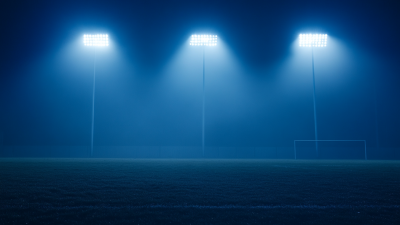
Essential Guide to Selecting LED Flood Lights: Key Features and Industry Insights for Global Buyers
-
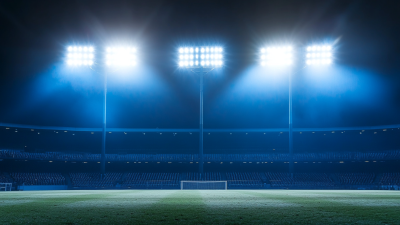
Challenges Faced by Global Buyers in Sourcing Floodlight Led Products
-
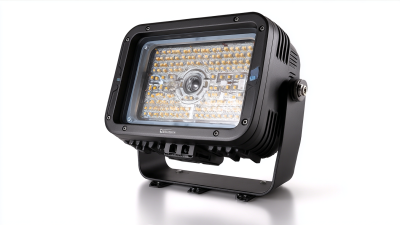
Unmatched Quality in Best Floodlight Led from Premier Chinese Factories Building Global Trust
-
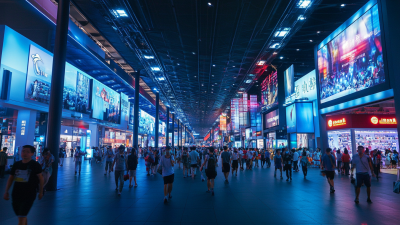
Discover the Future of Urban Lighting at the 137th Canton Fair: Commercial LED Street Lights in Focus
-
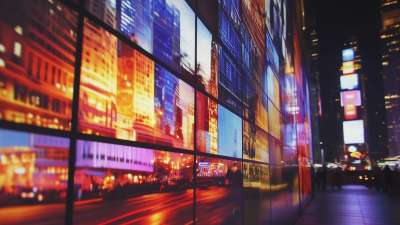
Exploring 7 Innovative Industry Applications of Panel LED Technology for Global Buyers
-
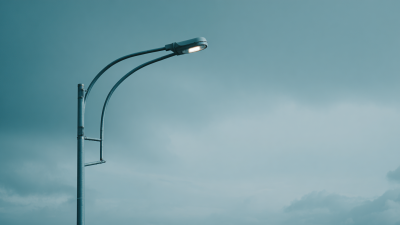
Navigating Challenges in Meeting Global Standards for Best Commercial Led Street Lights

